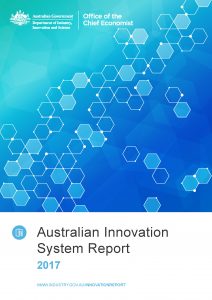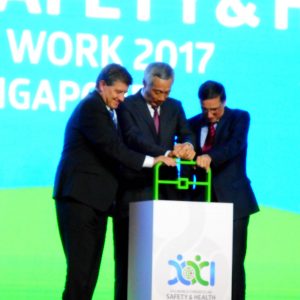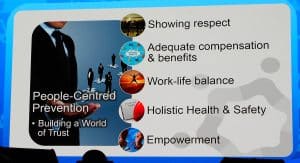 Victoria is the latest Australian State to introduce laws into Parliament that establish a licencing scheme for labour hire operators. The Labour Hire Licensing Bill 2017 was read into Parliament on 14 December 2017 (Hansard, pages 55-61)
Victoria is the latest Australian State to introduce laws into Parliament that establish a licencing scheme for labour hire operators. The Labour Hire Licensing Bill 2017 was read into Parliament on 14 December 2017 (Hansard, pages 55-61)
The Bill is compatible with the laws passed recently in Queensland and South Australia which apply a universal licencing scheme rather than a sectoral one as preferred by some organisations. This should make the scheme easier to administer as it removes demarcation disputes and, as pointed out by the Minister for Roads and Road Safety, Luke Donnellan, removes loopholes of opportunity for avoiding obligations – a critical consideration in a sector that has shown such disregard for legal obligations. Continue reading “Victoria joins the push for licencing labour hire”

 Australia’s Office of the Chief Economist released a report on December 6 2017 whose relevance to occupational health and safety (OHS) is not immediately apparent but contributes to understanding the context of OHS in modern business processes.
Australia’s Office of the Chief Economist released a report on December 6 2017 whose relevance to occupational health and safety (OHS) is not immediately apparent but contributes to understanding the context of OHS in modern business processes. 

 The
The  In front of thousands of delegates and dignitaries, the 21st World Congress on Safety and Health was officially opened yesterday by the Singapore Prime Minister
In front of thousands of delegates and dignitaries, the 21st World Congress on Safety and Health was officially opened yesterday by the Singapore Prime Minister 